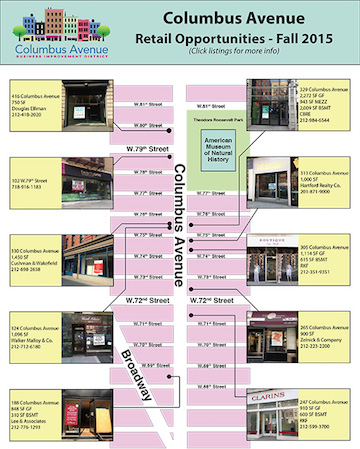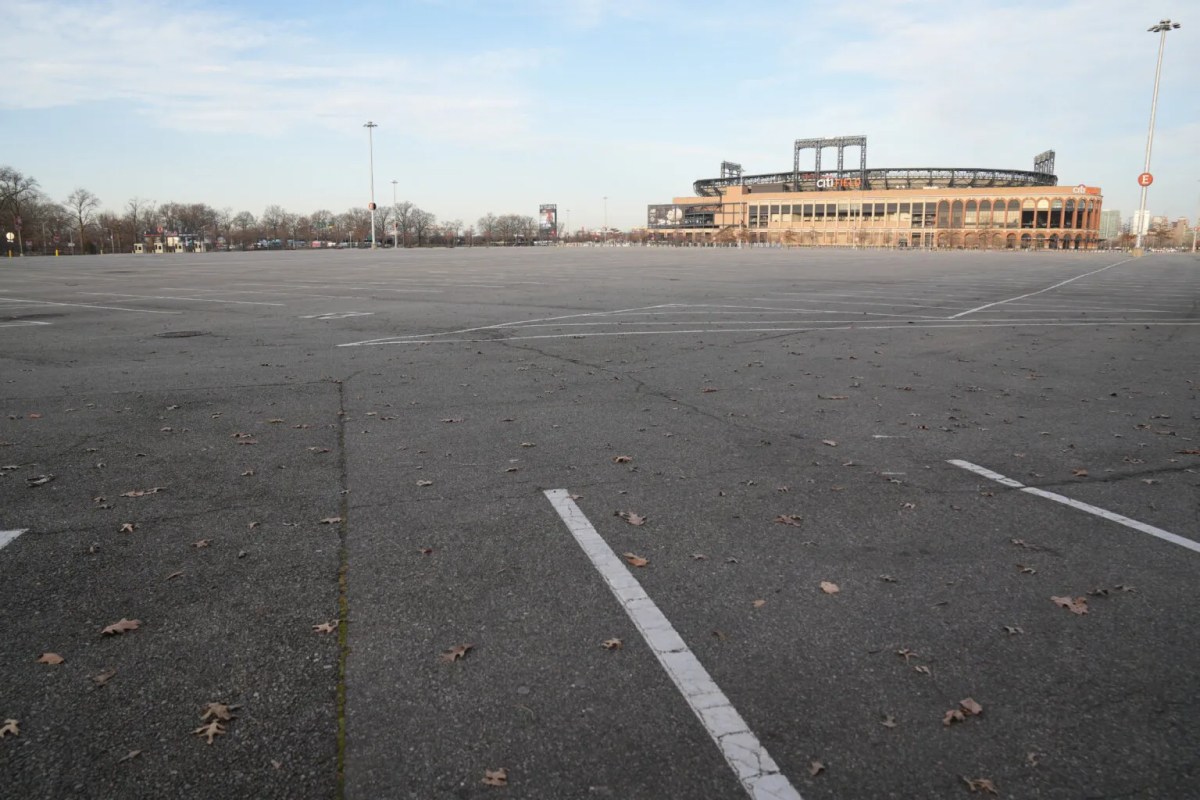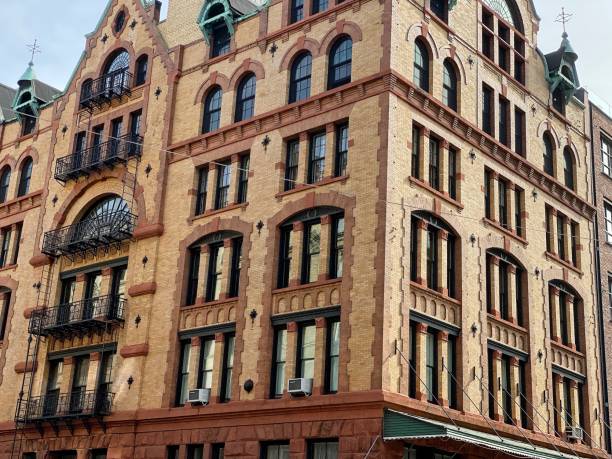
BY JACKSON CHEN | With small businesses routinely complaining about their survival struggles in an unwelcome Manhattan retail environment, at least one expert argues that a major Upper West Side commercial area may simply be experiencing a cyclical low point. Still, local elected officials are hearing the cries from business owners and looking for ways to remedy any problems.
It was just two years ago that the Columbus Avenue Business Improvement District boasted a zero-vacancy rate in its coverage area from West 68th to 81st Streets. But in 2016, the BID is pointing to an unusually high incidence of vacancies, with a reported 10 emptied storefronts — soon to be 11, with Roslyn (see here) closing by the end of July — since last fall. Whether it’s due to rising rents or, in the case of fine jewelry retailer Roslyn, personal choices made by mom and pop outlet owners, small businesses on the Upper West Side frequently turn over and empty storefronts are nothing new to the neighborhood.
Rafe Evans, who has worked in real estate brokerage and management in the area for 30 years, said the current high rate of vacancies on Columbus Avenue represents just a snapshot of a longer term story about the area’s retail evolution.
“It’s cyclical, sometimes vacancies are a little higher, sometimes they’re a little lower,” Evans, a senior vice president at Walker Malloy & Company, said. “I don’t think it’s a sign of a terrible event looming on the horizon.”
In fact, he said, the area’s current vacancies are likely to be replaced in time with a return to the space squeeze seen in 2014 and are a normal variation in what remains a healthy commercial retail environment on the avenue.
“It’s a Darwinist society we live in,” Evans explained. “While it’s true many retailers cannot weather whatever the latest headwinds are, many more will get through and we’ll see new kinds of things being established.”
He acknowledged that he is voicing an unpopular opinion and stressed his empathy with small businesses that have recently been forced to shutter their doors. The bigger picture, however, is a real estate market simply going through its crests and troughs, Evans said.
“The sky is always falling for somebody, it falls for many retailers,” he said. “Instead of blaming themselves for being behind the curve in innovation, losing sparkle or creative edge, they blame outside forces.”
But in response to struggling businesses that have been vocal about their problems, government officials are eager to show they can provide assistance to owners who simply need a bit of a helping hand in operating to their fullest potential.
During the Columbus Avenue BID’s annual meeting on June 21, City Comptroller Scott Stringer said his Red Tape Commission, a collaboration between government and small business representatives, has created a list of 60 recommendations to improve relations and smooth interactions between business owners and the agencies that oversee them.
“At the end of the day, we have to make sure everyone has a chance,” Stringer said.
At the same meeting, Borough President Gale Brewer said the gripes she hears about most frequently are the commercial rent tax — amounting to six percent of the annual base rent— imposed on Manhattan businesses operating below 96th Street, major construction projects that result in scaffolding that conceals storefronts, and, finally, the lack of a more productive relationship with the city’s Department of Small Business Services.




































